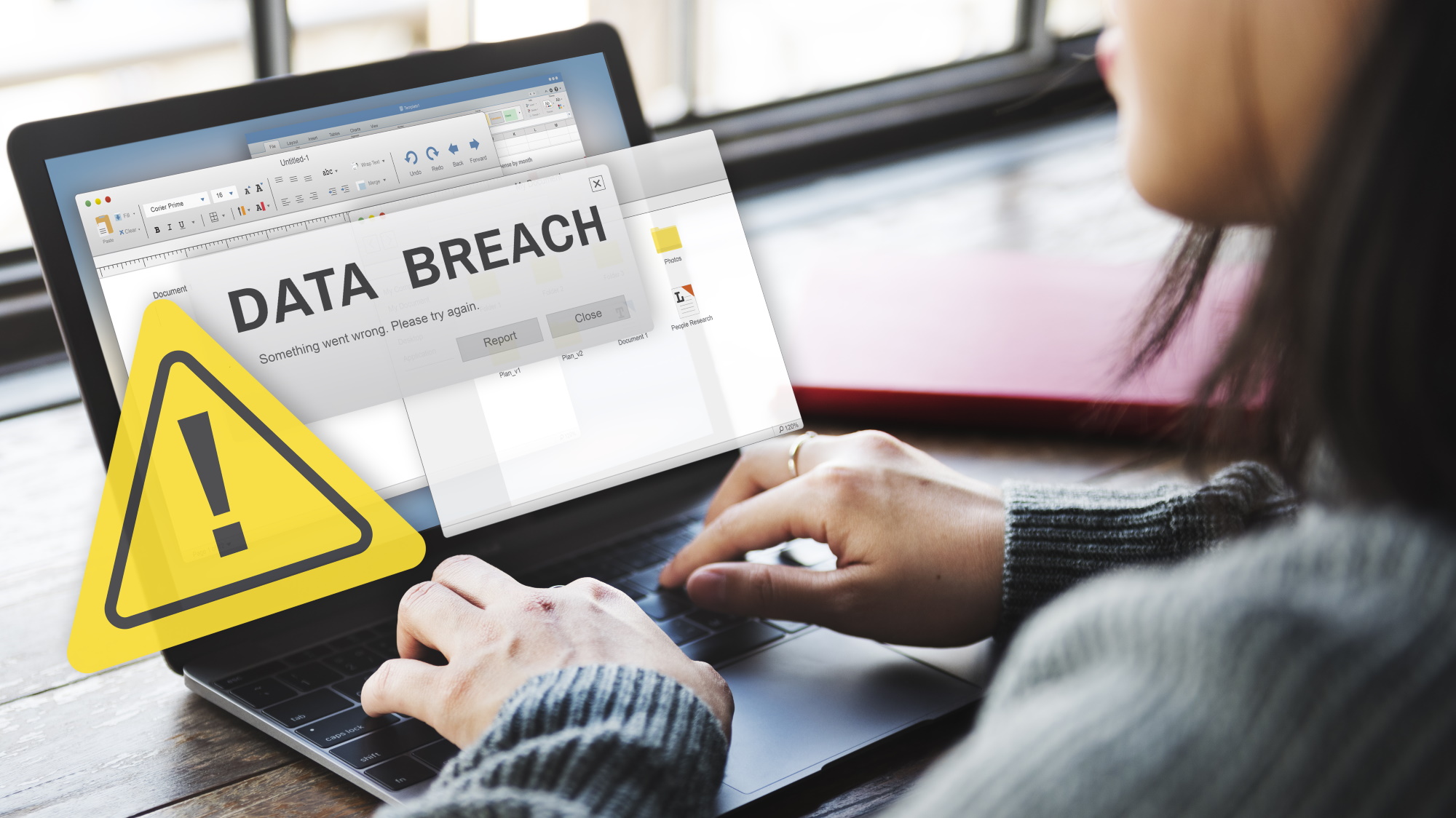You can now check if your data has been leaked thanks to Surfshark's new tool
Check if your data has been compromised with Surfshark's Data Leak Checker

Surfshark, creator of one of the best VPN services on the market, has added a free online data leak checker to its already booming cybersecurity offering.
The Data Leak Checker will sit alongside Surfshark's other cybersecurity tools, including its Alternative Number, Alternative ID, and Clean Web 2.0. Powered by Surfshark Alert, Surfshark's data breach warning system, the checker allows you to monitor if your personal data has been leaked online by simply inputting your email address.
While those who are wary of sharing their personal data online may blanch at this, don't worry – the tool has been designed to make sure that any emails entered into it are not used for any marketing purposes.
How does Surfshark's Data Leak Checker work?
The Data Leak Checker examines multiple sources to check if your email address has been exposed either via a database or malware-based data leak. What's more, it continually monitors the web to proactively ensure the security of user's sensitive information across multiple different platforms. This allows the tool to detect whether or not their data might have been compromised.
Once a scan has been completed by the Data Leak Checker, users receive a report on the status of their data, which is split into two areas – database breaches and malware attacks. While the malware attacks section shines a light on how the user's email address might be leaked due to malware on their device, the data breaches section looks at any large-scale data breaches that may contain the user's information.
Globally, approximately 18 billion user accounts have been leaked over the last 20 years, according to Surfshark’s Global Data Breach Statistics.
Kornelija Vanage, Alert Product Owner at Surfshark
This also reveals the largest domains that have suffered data breaches and any databases that contained the user's data that have been compromised. While some data may be hidden due to security reasons, a complete and detailed report about the leak will be available via Surfshark Alert.
Kornelija Vanage, Alert Product Owner at Surfshark, explains: "Globally, approximately 18 billion user accounts have been leaked over the last 20 years, according to Surfshark’s Global Data Breach Statistics.
Sign up to get the BEST of Tom's Guide direct to your inbox.
Get instant access to breaking news, the hottest reviews, great deals and helpful tips.
"As we launch the Data Leak Checker, we stress the importance of knowing exactly where and how your data may have been compromised. Understanding breach details can empower individuals to take informed actions to protect their personal information and prevent further damage. This tool is simple and accessible for everyone, regardless of their level of technical expertise."
What should I do if my data has been leaked online?
If you discover that your data has been leaked online, your first instinct may be to panic. This is understandable, of course, but it's important to remember that there are steps you can take to keep yourself safe:
- Change your passwords. If your accounts have been compromised, it's crucial that you stop hackers from logging into these accounts. Change your passwords to strong, unique passwords to prevent this. If you struggle to remember your passwords and feel the urge to use simple and/or reused passwords, consider using one of the best password managers to keep your data as safe as possible.
- Enable two-factor authentication. If you haven't already, it's a good idea to enable two-factor authentication (2FA) on your accounts. This adds an extra layer of security to all your accounts, while also alerting you if anyone is trying to access your accounts without your permission.
- Monitor your accounts. If your data has been compromised, it's likely that you'll notice the impact of this. This may be something as simple as receiving a deluge of phishing emails in your inbox (check out our guide to avoiding phishing for more information on how to deal with this), but you should also look out for more insidious activity. Carefully monitor your accounts in case of unauthorized login attempts or transactions, and take steps to secure your accounts in the case of either.

Olivia joined Tom's Guide in October 2023 as part of the core Tech Software team, and is currently VPN Commissioning Editor. She regularly uses VPNs to make sure they deliver what they promise, and specializes in testing VPNs with streaming sites.
